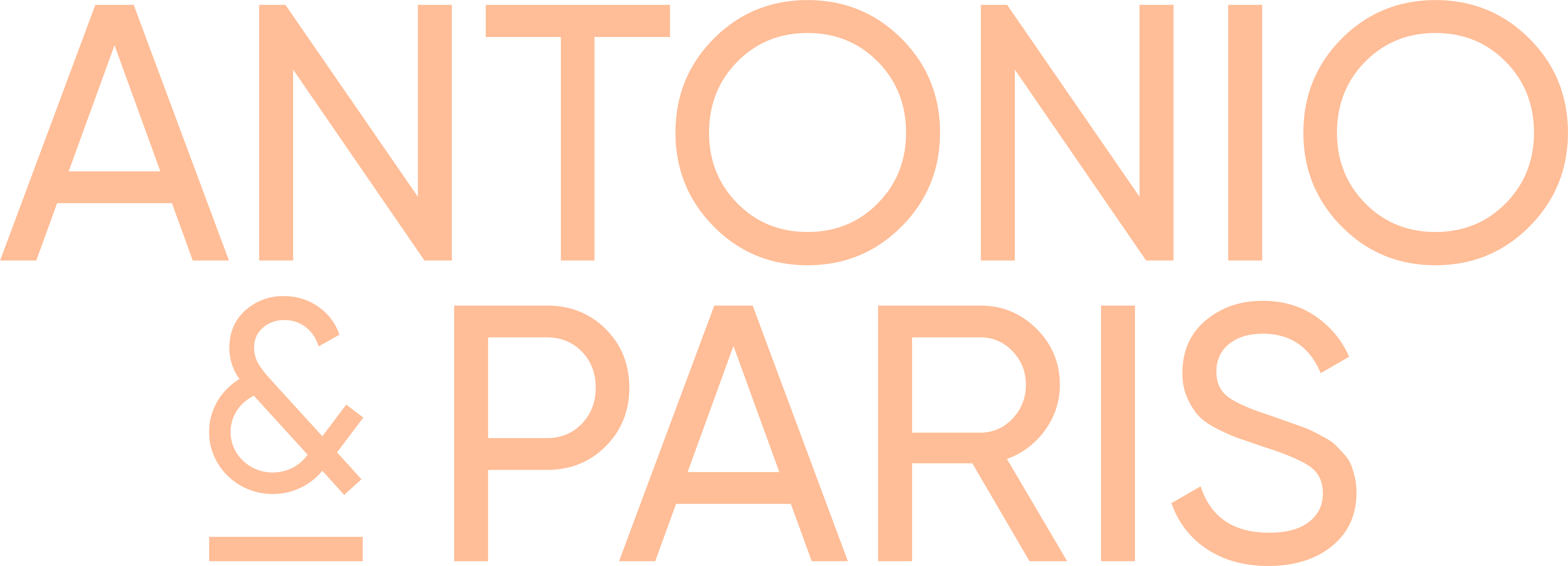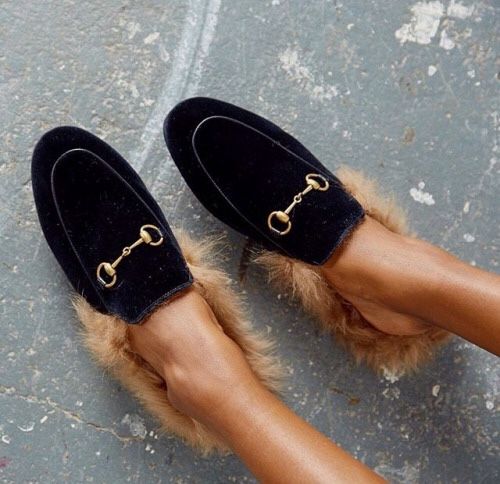Predicting Consumer Trends in a Post-2020 World
BY: ZACK MISKEL | DEC 10, 2020 – 5 MIN READ

Key Takeaways (5-minute read)
- COVID-19 has affected each demographic market differently.
- The travel industry isn’t dead, it’s just changing.
- Consumers are seeking security, connection, and social justice from brands.
As we navigate the uncertain waters heading into the new year (and telling 2020 to kindly GTFO), many brand leaders are asking: What lingering or lasting effects will the events of 2020 have on consumer trends? How should I adjust my brand’s marketing strategy to account for these changes? Should I just throw in the towel and admit defeat?
The last one is the easiest to answer: never (as long as you believe in what you’re doing)!
The other two queries have more complicated responses, but by pulling data from consumers in 2020, brands can at least develop smart marketing and business strategies that will ensure they are as poised for success as possible. CEOs, CMOs, and other executives can rest assured that their consumer markets are still there. It might take a little more time to get back to “normal,” but people still want to spe nd their income on things they enjoy and experiences they will remember. They just want to feel safe, informed, and socially responsible while doing so.
nd their income on things they enjoy and experiences they will remember. They just want to feel safe, informed, and socially responsible while doing so.
According to the COVID-19 Edition to our 2020 Millennial Report, age demographics are fairly divided when it comes to consumer spending, travel, and entertainment in the second half of 2020. The virus’s predilection for manifesting the most severe symptoms and risks for those with preexisting health concerns, many of whom are age 60 and above, has certainly impacted consumer trends as more people stay home for their safety.
A direct result has been an uptick in decor and home and garden–related spending, giving brands that supply consumers with ways to stay cozy and stylish in their abodes an advantage during this time. This goes for nearly all industries, not just home goods. Brands should be innovating with their products, services, and marketing to keep up with this change in consumer behavior. Think about a luxury clothing purveyor like Gucci marketing a pair of sheepskin loafers instead of an evening gown in its email newsletter—or better yet (and more on-brand), a pair of sheepskin loafers with an evening gown. Consumers still want to feel confident and seen by the brands they love, so strategic marketing with a purpose is essential.
 Baby Boomers and Gen Xers reported significantly lower rates of travel planning for the second half of 2020, while Gen Z was ready to hit the road by Memorial Day weekend. Millennials (born 1980–1994), the largest consumer demographic of present-day, were split on whether they felt travel was a good idea over the summer. This is after 33% had pre-COVID plans to travel abroad in the next two years. But the travel industry is merely experiencing a shift. Although air travel is reduced, it’s slowly picked up more steam since spring. Meanwhile, the vacation rental economy has seen a significant increase in that same period, as exemplified by Airbnb rising from 28% of its 2019 revenue in Q2 to 74% in Q3. Many Millennial consumers reported replacing canceled overseas travel and other plans with road trips, camping, solo journeys, and more isolated vacation rentals as opposed to larger hotels. Safety and security are important factors in planning these getaways, with around half of Millennials saying they were concerned about contracting COVID-19. Brands should keep this in mind, implement safety strategies for in-store or in-person consumer experiences, and clearly communicate to audiences how they are addressing the situation.
Baby Boomers and Gen Xers reported significantly lower rates of travel planning for the second half of 2020, while Gen Z was ready to hit the road by Memorial Day weekend. Millennials (born 1980–1994), the largest consumer demographic of present-day, were split on whether they felt travel was a good idea over the summer. This is after 33% had pre-COVID plans to travel abroad in the next two years. But the travel industry is merely experiencing a shift. Although air travel is reduced, it’s slowly picked up more steam since spring. Meanwhile, the vacation rental economy has seen a significant increase in that same period, as exemplified by Airbnb rising from 28% of its 2019 revenue in Q2 to 74% in Q3. Many Millennial consumers reported replacing canceled overseas travel and other plans with road trips, camping, solo journeys, and more isolated vacation rentals as opposed to larger hotels. Safety and security are important factors in planning these getaways, with around half of Millennials saying they were concerned about contracting COVID-19. Brands should keep this in mind, implement safety strategies for in-store or in-person consumer experiences, and clearly communicate to audiences how they are addressing the situation.
With many losing income, especially in spring and summer 2020, other consumer trends lean toward financial savings and sustainability. Skyrocketing unemployment during COVID lockdown led to a significant loss of financial stability for many. Millennials and Gen Z consumers who are more likely to be in nonessential jobs, service positions, or rely on the gig economy were hit hardest as companies were forced to enact massive layoffs or furloughs this spring—and some still are. People, particularly Millennials, have always been looking for ways to get more for their dollar, and now that means budgeting at home more than ever. In most cases, they are willing to sacrifice luxury for ease and a good experience. They are looking for convenience and quality at a great price, so brands could take advantage of this need with a strategic marketing plan or creating new products to fill any gaps in the market.
 With not only COVID but also election-year stress and social tensions such as Black Lives Matter protests escalating to an all-time high in 2020, consumers expect brands to practice corporate social responsibility more than ever. This means working toward a greater good than just turning a profit. People want to know that the brands they support are in turn supporting their employees, communities, and important causes. Consumer trends have shifted in response to these rising social expectations from brands, with nearly a third of people reporting that they research brands to see their stance on social and racial issues before buying. Learn more on Why Corporate Social Responsibility Is Important for Your Brand here.
With not only COVID but also election-year stress and social tensions such as Black Lives Matter protests escalating to an all-time high in 2020, consumers expect brands to practice corporate social responsibility more than ever. This means working toward a greater good than just turning a profit. People want to know that the brands they support are in turn supporting their employees, communities, and important causes. Consumer trends have shifted in response to these rising social expectations from brands, with nearly a third of people reporting that they research brands to see their stance on social and racial issues before buying. Learn more on Why Corporate Social Responsibility Is Important for Your Brand here.
While we can’t precisely predict what might happen with consumer trends heading into 2021 or a few months down the line, the economic and social aftermath we’re seeing from COVID-19 and other 2020 hardships are good indicators. People want to feel safe and secure. They want to stay connected to other people and to the brands they love, even if it’s just virtually. In a tumultuous era of social reform and justice, they also want to know that their voices are listened to and that those with the power to help others will do so. Brands taking cues from these needs will be the ones who rise above the pack. Those who act on greed and self-interest or those who refuse to adjust their marketing strategy to fit the times are more likely to be left floundering at the end of Q4 or Q1 next year. Perhaps the most fitting mantra for the New Year? Adapt or die.
About A&P
A&P, a brand agency, excels in finding innovative ways for clients to provide exceptional experiences to their customers. Their work includes consumer insight, brand innovation, creative development, mobile and technology solutions for global brands such as AT&T, Mini USA, DIRECTV, Newell Rubbermaid, Tenet Healthcare, and Barco Escape. For more information about A&P, visit them on Facebook, Twitter or antonioandparis.com.
Key Takeaways (5-minute read)
- COVID-19 has affected each demographic market differently.
- The travel industry isn’t dead, it’s just changing.
- Consumers are seeking security, connection, and social justice from brands.
As we navigate the uncertain waters heading into the new year (and telling 2020 to kindly GTFO), many brand leaders are asking: What lingering or lasting effects will the events of 2020 have on consumer trends? How should I adjust my brand’s marketing strategy to account for these changes? Should I just throw in the towel and admit defeat?
The last one is the easiest to answer: never (as long as you believe in what you’re doing)!
The other two queries have more complicated responses, but by pulling data from consumers in 2020, brands can at least develop smart marketing and business strategies that will ensure they are as poised for success as possible. CEOs, CMOs, and other executives can rest assured that their consumer markets are still there. It might take a little more time to get back to “normal,” but people still want to spend their income on things they enjoy and experiences they will remember. They just want to feel safe, informed, and socially responsible while doing so.

According to the COVID-19 Edition to our 2020 Millennial Report, age demographics are fairly divided when it comes to consumer spending, travel, and entertainment in the second half of 2020. The virus’s predilection for manifesting the most severe symptoms and risks for those with preexisting health concerns, many of whom are age 60 and above, has certainly impacted consumer trends as more people stay home for their safety.
A direct result has been an uptick in decor and home and garden–related spending, giving brands that supply consumers with ways to stay cozy and stylish in their abodes an advantage during this time. This goes for nearly all industries, not just home goods. Brands should be innovating with their products, services, and marketing to keep up with this change in consumer behavior. Think about a luxury clothing purveyor like Gucci marketing a pair of sheepskin loafers instead of an evening gown in its email newsletter—or better yet (and more on-brand), a pair of sheepskin loafers with an evening gown. Consumers still want to feel confident and seen by the brands they love, so strategic marketing with a purpose is essential.
Baby Boomers and Gen Xers reported significantly lower rates of travel planning for the second half of 2020, while Gen Z was ready to hit the road by Memorial Day weekend. Millennials (born 1980–1994), the largest consumer demographic of present-day, were split on whether they felt travel was a good idea over the summer. This is after 33% had pre-COVID plans to travel abroad in the next two years. But the travel industry is merely experiencing a shift. Although air travel is reduced, it’s slowly picked up more steam since spring.
Meanwhile, the vacation rental economy has seen a significant increase in that same period, as exemplified by Airbnb rising from 28% of its 2019 revenue in Q2 to 74% in Q3. Many Millennial consumers reported replacing canceled overseas travel and other plans with road trips, camping, solo journeys, and more isolated vacation rentals as opposed to larger hotels. Safety and security are important factors in planning these getaways, with around half of Millennials saying they were concerned about contracting COVID-19. Brands should keep this in mind, implement safety strategies for in-store or in-person consumer experiences, and clearly communicate to audiences how they are addressing the situation.
With many losing income, especially in spring and summer 2020, other consumer trends lean toward financial savings and sustainability. Skyrocketing unemployment during COVID lockdown led to a significant loss of financial stability for many. Millennials and Gen Z consumers who are more likely to be in nonessential jobs, service positions, or rely on the gig economy were hit hardest as companies were forced to enact massive layoffs or furloughs this spring—and some still are. People, particularly Millennials, have always been looking for ways to get more for their dollar, and now that means budgeting at home more than ever. In most cases, they are willing to sacrifice luxury for ease and a good experience. They are looking for convenience and quality at a great price, so brands could take advantage of this need with a strategic marketing plan or creating new products to fill any gaps in the market.
With not only COVID but also election-year stress and social tensions such as Black Lives Matter protests escalating to an all-time high in 2020, consumers expect brands to practice corporate social responsibility more than ever. This means working toward a greater good than just turning a profit. People want to know that the brands they support are in turn supporting their employees, communities, and important causes. Consumer trends have shifted in response to these rising social expectations from brands, with nearly a third of people reporting that they research brands to see their stance on social and racial issues before buying. Learn more on Why Corporate Social Responsibility Is Important for Your Brand here.
While we can’t precisely predict what might happen with consumer trends heading into 2021 or a few months down the line, the economic and social aftermath we’re seeing from COVID-19 and other 2020 hardships are good indicators. People want to feel safe and secure. They want to stay connected to other people and to the brands they love, even if it’s just virtually. In a tumultuous era of social reform and justice, they also want to know that their voices are listened to and that those with the power to help others will do so. Brands taking cues from these needs will be the ones who rise above the pack. Those who act on greed and self-interest or those who refuse to adjust their marketing strategy to fit the times are more likely to be left floundering at the end of Q4 or Q1 next year. Perhaps the most fitting mantra for the New Year? Adapt or die.
About A&P
A&P, a brand agency, excels in finding innovative ways for clients to provide exceptional experiences to their customers. Their work includes consumer insight, brand innovation, creative development, mobile and technology solutions for global brands such as AT&T, Mini USA, DIRECTV, Newell Rubbermaid, Tenet Healthcare, and Barco Escape. For more information about A&P, visit them on Facebook, Twitter or antonioandparis.com.

WRITTEN BY
Zack Miskel
Short Bio — Zack joined the Antonio & Paris team at the beginning of 2019 after spending the previous five years running two start-up companies in the Bay Area Now a strategist, Zack works alongside the strategic planning team at Antonio & Paris to deliver a big-picture perspective for clients such as MINI USA, Barco (Belgium), and Brookdale Senior Living, to name a few.

WRITTEN BY
Zack Miskel
Short Bio — Zack joined the Antonio & Paris team at the beginning of 2019 after spending the previous five years running two start-up companies in the Bay Area Now a strategist, Zack works alongside the strategic planning team at Antonio & Paris to deliver a big-picture perspective for clients such as MINI USA, Barco (Belgium), and Brookdale Senior Living, to name a few.


